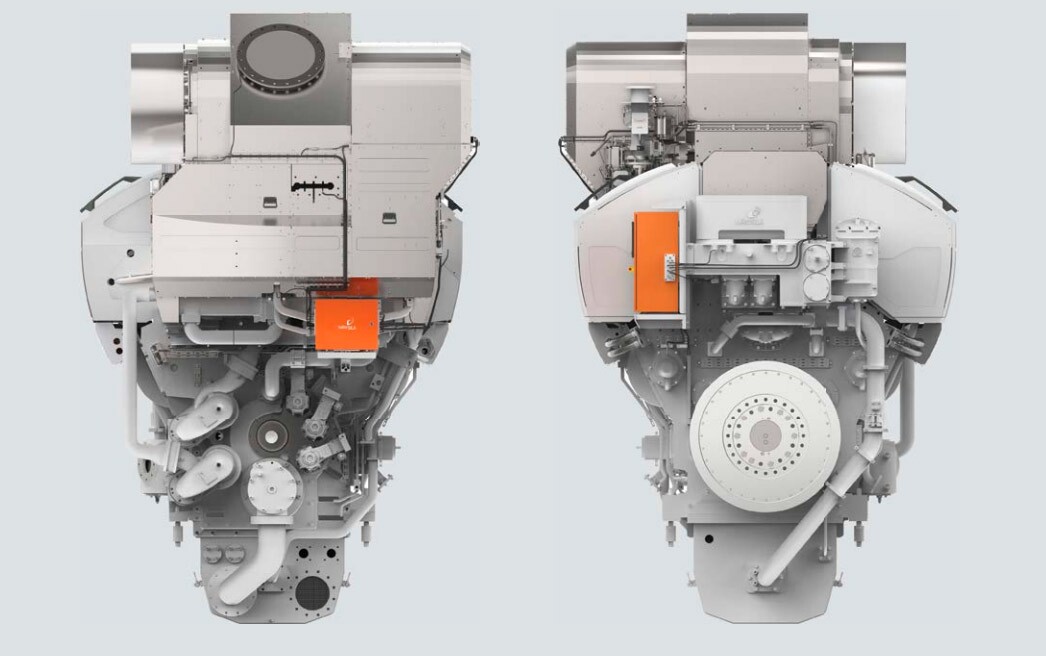Finnish engine manufacturer Wärtsilä must be a fascinating place to visit. The company manufactures some of the most mind-bendingly enormous marine diesel engines in the world, like the record-breaking, 89-foot high, 44-foot long, 110,000 horsepower RTA96-C we wrote about more than 10 years ago. Now, Wärtsilä has another entry in the Guinness Book of Records ... for the world's most efficient 4-stroke diesel engine.
Designed for medium-sized ferries and cruise ships, or small to medium tankers and container ships, the new Wärtsilä 31 engine isn't nearly as huge as the mammoth RTA96-C. It stands a more modest 15.4 ft (4.7 m) tall in its highest configurations, and 28.8 ft (8.7 m) long in its longest. The cylinder bore is 12.2 inches (31 cm), and the stroke is 16.9 in (43 cm). In its largest V16 format, it makes up to 13,142 horsepower.

It comes in three versions – diesel, spark-ignited gas and dual fuel – and the diesel version takes advantage of advanced fuel and air injection systems, as well as variable valve timing, to deliver a world record efficiency of just 0.271 pounds per horsepower hour.
To put that in context, the gigantic RTA96-C was the most efficient engine in the world upon its debut, and it uses 0.278 lb/horsepower hour. That's a saving of about 2.6 percent, and while that might not sound like a lot, these things can burn an enormous amount of fuel in a day.
If you were to run the most powerful version of the 31 flat out at maximum power for a whole day, and assume it made the same efficiency figure (it wouldn't, but go with me here), the engine would burn some 85,557 pounds of diesel in 24 hours. So a 2.6 percent saving is going to add up to a heck of a lot of diesel over the service life of the engine.
It's also worth noting that there's no efficiency penalty if you fit Wärtsilä's Nitrous Oxide reduction system to the engine to keep emissions down, which is a requirement for operating in certain areas. And the 31 also saves operators money in maintenance, running some 8,000 hours before it needs its first service.
Next time we're in Finland, we'll have to drop by. The team at Wärtsilä must deal with some incredible engineering challenges to build these impressive machines.
Source: Wärtsilä








